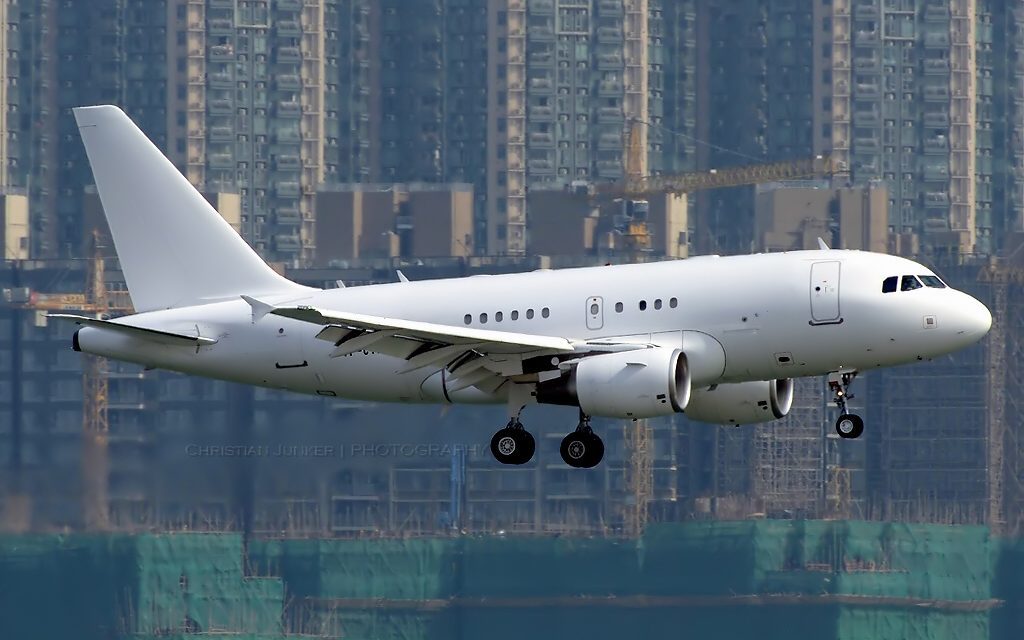 As the asset management industry braces itself for an anticipated massive reorganization—with PwC forecasting a 16% attrition rate by 2027—the aviation sector presents an unexpected windfall. Firms like AIP Capital are navigating uncharted skies with staggering profits because of high-interest rates, market volatility, and fee pressures. With a freshly minted portfolio of $1.6 billion, including 30 aircraft and 68 Boeing 737 Max models on order, AIP Capital’s rapid ascension epitomizes a seismic shift in investment focus toward aviation assets.
As the asset management industry braces itself for an anticipated massive reorganization—with PwC forecasting a 16% attrition rate by 2027—the aviation sector presents an unexpected windfall. Firms like AIP Capital are navigating uncharted skies with staggering profits because of high-interest rates, market volatility, and fee pressures. With a freshly minted portfolio of $1.6 billion, including 30 aircraft and 68 Boeing 737 Max models on order, AIP Capital’s rapid ascension epitomizes a seismic shift in investment focus toward aviation assets.
“Financial gravity doesn’t seem to apply to the aviation asset management sub-sector,” said Ailstock, Managing Partner of AIP Capital. His firm serves as a beacon, guiding investors through tumultuous economic landscapes toward the rich terrain of aviation, a segment currently fueled by the pandemic’s disruptions and the supply chain’s unsteady heartbeat.
As 2023’s airline industry expectations soar to nearly $9.8 billion in net profits, recovering from pandemic-induced losses and almost reaching its zenith of 4.54 billion passengers in 2019, the investment community is taking notice. A report by Spherical Insights LLP anticipates the global aviation asset management market to grow from $177.79 billion in 2022 to a staggering $288.34 billion by 2032, further substantiating the sentiment that aviation is the new Wall Street darling.
The secret sauce of this phenomenal growth lies in airlines’ changed approach to mitigate their financial risks. Emerging airlines, in particular, are veering away from traditional debt traps and instead embracing leasing and sale-leaseback models for aircraft acquisition. According to Ailstock, this paradigm shift provides dual benefits. On one side, it allows nascent airlines to foster growth without the albatross of massive debt, especially in markets monopolized by legacy carriers. Conversely, it offers a cornucopia of high-yield investment opportunities for private equity firms like AIP Capital.
But even more striking is the vacuum created by traditional lenders withdrawing from aviation financing. Historically, banking institutions have been the key stakeholders in this sector. However, their conspicuous retreat during the pandemic has laid down a red carpet for private equity giants to take centre stage, swooping in to purchase aircraft ordered initially by airlines.
With an additional $2.6 billion deployed in investment-grade, high-yield, and distressed aviation credit, AIP Capital’s team has demonstrated an unparalleled knack for strategic allocation. Their historical playbook boasts a jaw-dropping $5 billion across 119 assets, affirming their ability to leverage relationships and innovative investment approaches for outsized returns.
Ailstock reflects on the new wave of investors flocking to the aviation sector: “The market now offers not just a refuge but a high-yield oasis in a desert of underwhelming returns in other sectors. We see both newcomers, attracted by the low equity requirements, and seasoned players, who view aviation as a cornerstone of their investment strategy, willing to deploy equity throughout various cycles.”
As the aviation asset management sector takes flight, it is clear that while the rest of the asset management industry faces uncertainty, firms like AIP Capital enjoy a sky-high ascent, untethered from the financial turbulence below.
Written by: Don Power




















